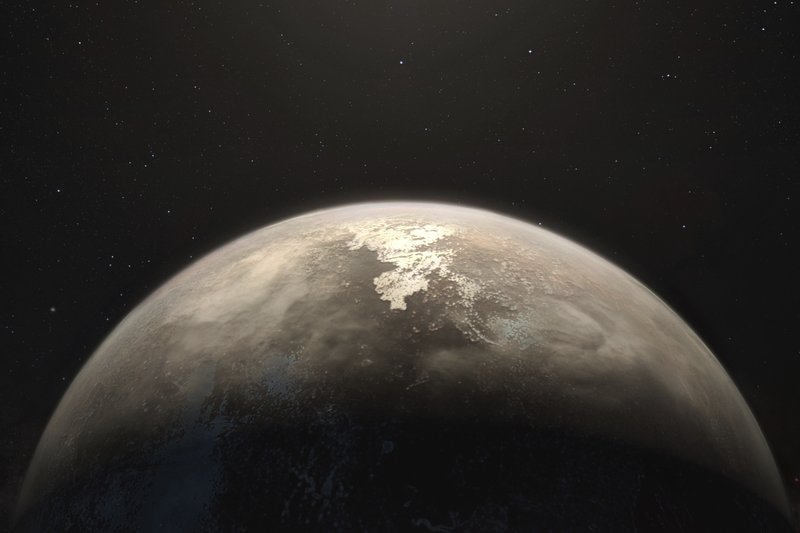
This illustration made available by the European Southern Observatory on Wednesday, Nov. 15, 2017 shows the planet Ross 128 b, which orbits a red dwarf star, 11 light-years from Earth. (File photo: AP)
WASHINGTON, Jan. 7 (Xinhua) -- NASA's planet-hunting satellite TESS has discovered its first Earth-size planet in its star's habitable zone, according to NASA scientists attending the 235th meeting of the American Astronomical Society in Honolulu.
They used NASA's Spitzer Space Telescope to confirmed the planet called TOI 700 d. Its distance to the host star is just right to allow the presence of liquid water on the surface, according to NASA.
TOI 700 d, one of only a few Earth-size planets discovered in a star's habitable zone so far, is a small, cool M dwarf star located just over 100 light years away in the southern constellation Dorado. It's roughly 40 percent of the sun's mass and size and about half its surface temperature.
The planet measures 20 percent larger than Earth, orbits every 37 days and receives from its star 86 percent of the energy that the sun provides to Earth, according to the study.
The exact conditions on TOI 700 d are unknown, but scientists generated multiple predictive models. One simulation included an ocean-covered planet with a dense, carbon-dioxide-dominated atmosphere similar to what scientists suspect surrounded Mars when it was young.
Another model depicts it as a cloudless, all-land version of modern Earth, where winds flow away from the night side of the planet and converge on the point directly facing the star.


